1. Yellowstone National Park – Wyoming, Montana, Idaho

Yellowstone isn’t just America’s first national park—it’s also one of the best places to see endangered species thriving in their natural habitat. The park’s vast wilderness is home to the elusive gray wolf, the mighty grizzly bear, and the majestic whooping crane, all of which have been on the brink of extinction at some point. Conservation efforts here have been so successful that Yellowstone is often used as an example of how species recovery can work when given time and protection. Wolves, once nearly wiped out from the region, were reintroduced in the 1990s, and today, they are a vital part of the ecosystem.
But Yellowstone’s success story isn’t just about wolves. The grizzly bear population, though still vulnerable, has significantly increased thanks to strict conservation policies. Visitors lucky enough to witness a grizzly roaming the valleys or a bald eagle soaring above the geysers get a rare glimpse of wildlife that might not have survived without intervention. Seeing these animals in the wild reminds us why national parks are so essential—not just for us to explore, but for the species that call them home.
2. Everglades National Park – Florida
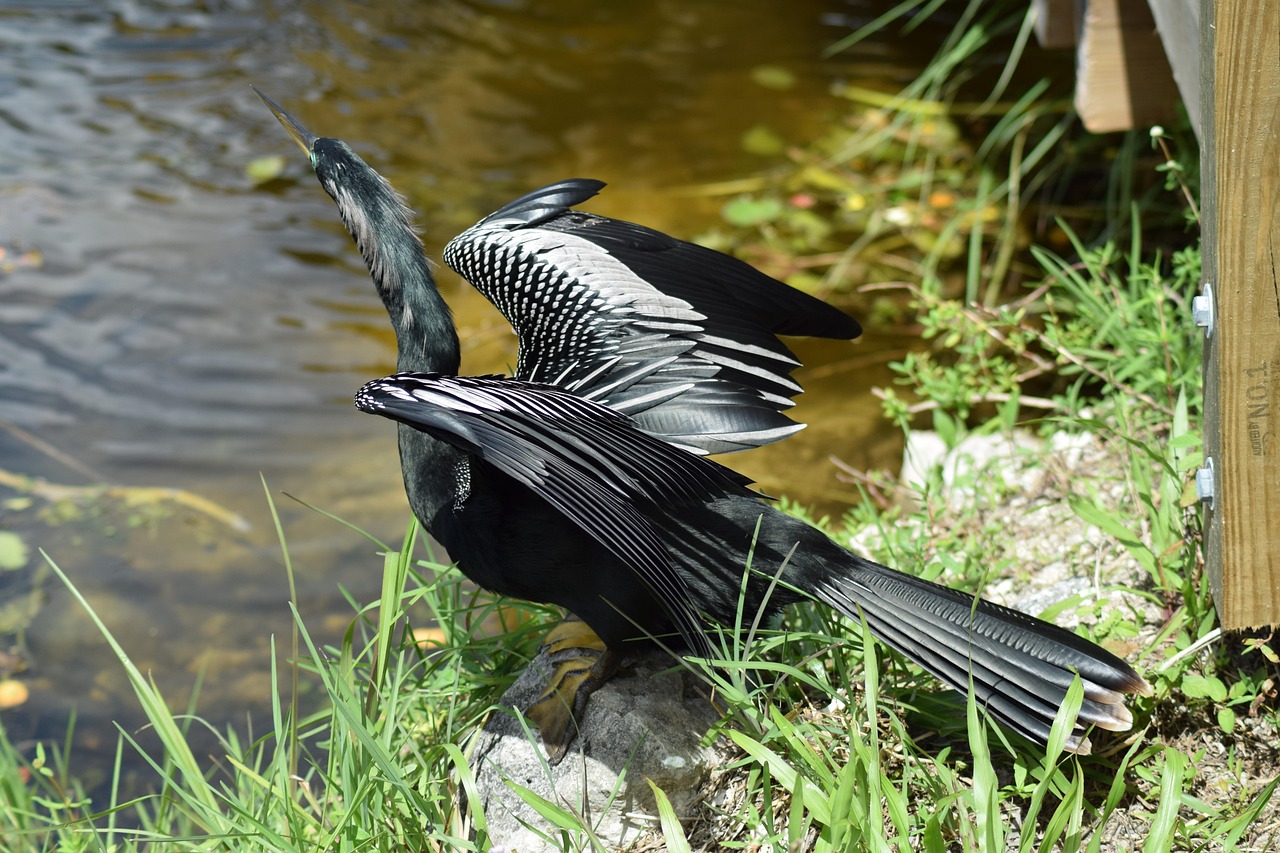
The Everglades might be one of the most underrated wildlife destinations in the U.S., but it’s a haven for some of the rarest creatures in North America. This subtropical wilderness is home to the endangered Florida panther, a species that has been pushed to the edge by habitat destruction and road collisions. With fewer than 200 left in the wild, spotting one is an extremely rare and special experience. The park also shelters the American crocodile, a species often mistaken for its more aggressive cousin, the alligator, but far more vulnerable to extinction.
What makes the Everglades unique is its delicate balance between land and water ecosystems. From the slow-moving manatees gliding through the marshes to the elusive snail kite hunting for its next meal, every creature here plays a crucial role in maintaining the environment. The Everglades is also one of the last refuges for the West Indian manatee, another species that has suffered due to human activity. Visitors can explore the park by boat, kayak, or hiking trails, witnessing firsthand the incredible biodiversity that makes this place irreplaceable.
3. Monterey Bay National Marine Sanctuary – California

If you want to see endangered species beneath the waves, Monterey Bay is the place to be. This marine sanctuary is often called the “Serengeti of the Sea” because of its incredible biodiversity, including some of the ocean’s most threatened species. Here, visitors can spot southern sea otters floating among the kelp forests, a species that was nearly hunted to extinction for its thick fur. Thanks to conservation efforts, their numbers have slowly climbed, but they are still at risk due to oil spills and climate change.
Monterey Bay is also a hotspot for migrating whales, including the endangered blue whale, the largest animal on Earth. Seeing one of these gentle giants breach the surface is an unforgettable experience, a reminder of just how vast and mysterious the ocean truly is. Conservationists have worked tirelessly to protect the sanctuary from pollution, overfishing, and habitat destruction, ensuring that future generations can continue to witness these magnificent creatures in the wild. Whether you’re kayaking along the coast or taking a whale-watching tour, Monterey Bay offers a front-row seat to some of the most awe-inspiring wildlife encounters in the U.S.
4. Great Smoky Mountains National Park – Tennessee & North Carolina
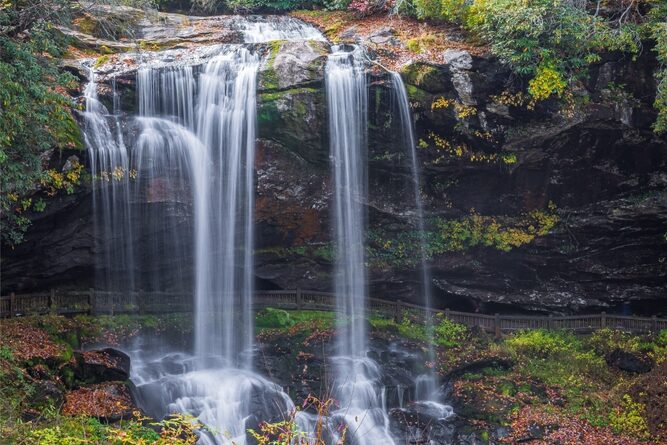
The Great Smoky Mountains are more than just misty peaks and scenic drives—they’re a refuge for some of the most endangered species in the eastern U.S. This park is home to the red wolf, one of the most endangered canines in the world, though sightings are rare due to their dwindling numbers. The park’s dense forests also shelter the Indiana bat, a tiny but vital part of the ecosystem that has suffered from habitat destruction and disease.
What makes the Smokies so important for conservation is their sheer biodiversity. With over 19,000 documented species, and possibly thousands more yet to be discovered, this park is a living laboratory for scientists studying endangered wildlife. The synchronous fireflies, a rare species that puts on a breathtaking light show every summer, are another example of the park’s unique ecological treasures. Whether you’re hiking through the ancient forests or camping under the stars, every visit to the Great Smokies is a reminder of how much life depends on our efforts to protect these landscapes.
5. Hawaiian Islands Humpback Whale National Marine Sanctuary – Hawaii

Humpback whales travel thousands of miles every year to give birth in the warm waters surrounding Hawaii, making this sanctuary one of the best places in the world to see them. These whales were once hunted to the brink of extinction, but conservation efforts have helped their populations rebound. Every winter, they return in large numbers, offering breathtaking displays of breaching, tail slaps, and deep-sea songs that can be heard for miles underwater.
Beyond the whales, Hawaii’s waters are home to other endangered marine life, including the Hawaiian monk seal, one of the rarest seal species in the world. With fewer than 1,500 individuals left, their survival depends heavily on protected areas like this. Snorkelers and divers can also catch glimpses of green sea turtles, another species that has been brought back from the brink thanks to conservation laws. Whether you’re watching whales from the shore or exploring the vibrant coral reefs, Hawaii’s sanctuary is a powerful reminder of the ocean’s beauty and fragility.
6. Denali National Park – Alaska
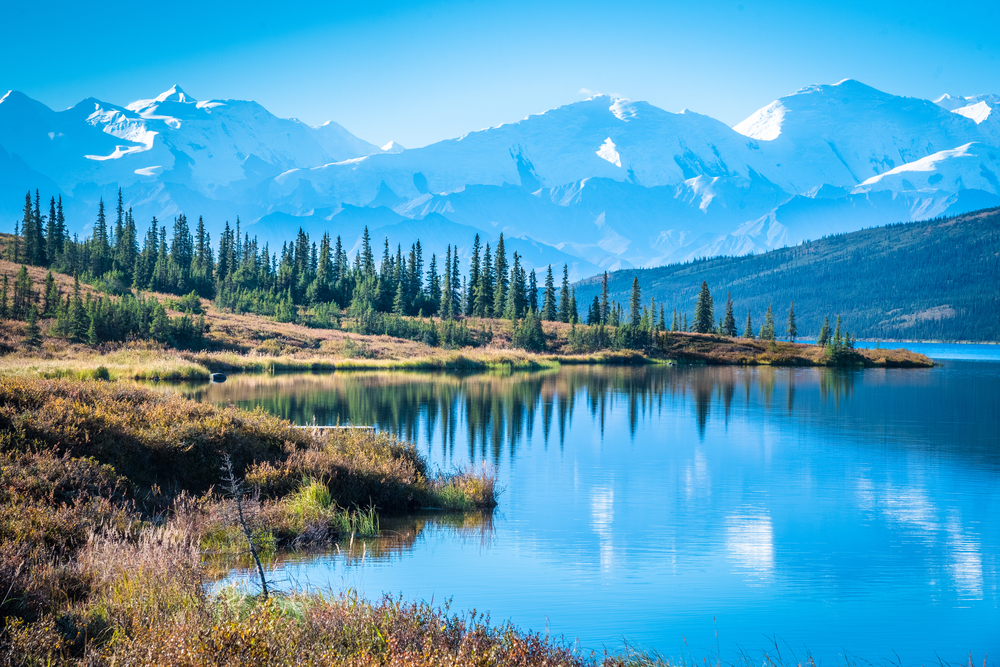
Denali’s rugged wilderness is home to some of the most iconic and endangered species in North America. With over six million acres of untamed land, it provides a safe haven for animals that struggle to survive in more populated regions. The park’s vast landscape is critical for the survival of the Canada lynx, a stealthy predator that has been pushed to the brink due to habitat loss and climate change. Its thick fur and large paws make it perfectly adapted to snowy environments, but shrinking habitats mean fewer places for these elusive cats to roam freely.
Denali is also one of the last strongholds for the dwindling population of wood bison. Once thought to be extinct in the U.S., these massive herbivores were reintroduced to the wild, but their numbers are still alarmingly low. Watching them roam the tundra feels like stepping back in time, a glimpse into the prehistoric past when bison dominated North America. The park’s commitment to conservation ensures that these animals, along with wolves, golden eagles, and grizzly bears, have a fighting chance at survival. For those who visit, witnessing these creatures in their natural environment is nothing short of breathtaking.
7. San Juan Islands National Wildlife Refuge – Washington

For those who love marine wildlife, the San Juan Islands are a dream come true. This remote and stunning refuge is one of the best places to see the critically endangered Southern Resident orcas. Unlike other orca populations, these whales rely exclusively on Chinook salmon, a food source that has been steadily declining, putting them at serious risk. Conservationists have worked tirelessly to protect these orcas, enforcing stricter boating regulations and restoring salmon populations to keep these majestic creatures from vanishing completely.
Beyond the orcas, the San Juan Islands are also a sanctuary for tufted puffins, Steller sea lions, and even bald eagles. The islands provide a much-needed refuge for these species, many of which have suffered due to human activity. Kayaking through the waters here is like stepping into a nature documentary, with seals lounging on the rocks and eagles soaring overhead. The San Juan Islands may not be the most famous wildlife destination, but they hold some of the most endangered and awe-inspiring animals in the country.
8. Okefenokee National Wildlife Refuge – Georgia & Florida
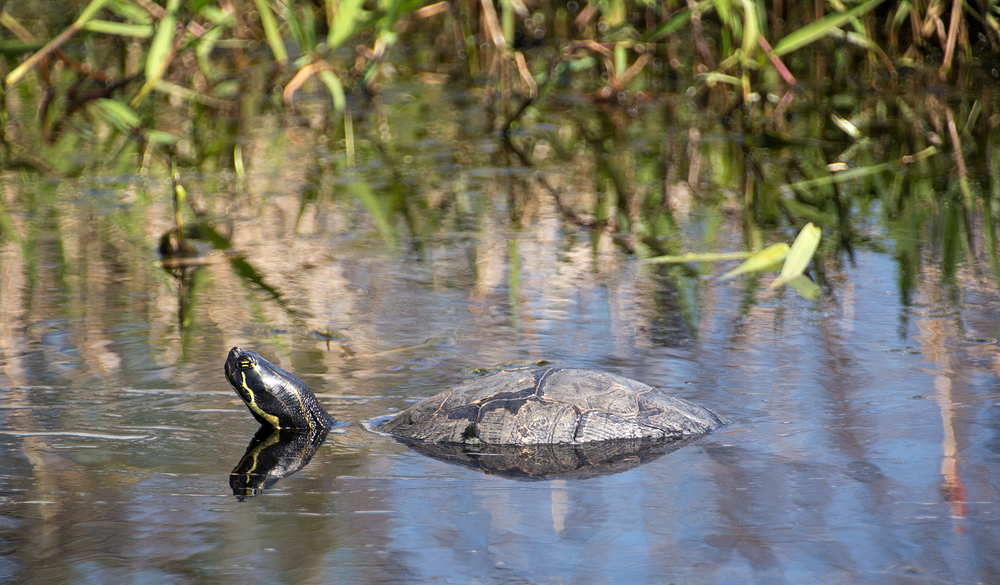
The Okefenokee Swamp is one of the most mysterious and ecologically rich places in the U.S., and it also happens to be a stronghold for several endangered species. This vast, slow-moving swamp is home to the red-cockaded woodpecker, a bird that has seen its numbers plummet due to habitat destruction. Unlike other woodpeckers, this species relies on living pine trees, making it incredibly sensitive to deforestation. Seeing one in the wild is a rare and thrilling experience, a testament to the importance of preserving its home.
The swamp is also a last refuge for the eastern indigo snake, the longest native snake species in the U.S. Unlike its venomous relatives, the indigo snake is a gentle giant that plays a crucial role in keeping ecosystems balanced. It has been pushed to the brink due to habitat loss and illegal pet trade, making the Okefenokee one of the few places left where it can thrive. Canoeing through these dark waters, surrounded by ancient cypress trees and the calls of unseen creatures, reminds visitors of how wild and untouched parts of America still remain.
9. Alligator River National Wildlife Refuge – North Carolina

Tucked away in North Carolina’s coastal wetlands, the Alligator River Refuge is one of the last places on Earth where red wolves still exist in the wild. These critically endangered canines were once widespread across the southeastern U.S., but habitat loss and hunting pushed them to near extinction. Today, fewer than 20 red wolves roam freely in this refuge, making it one of the rarest wildlife encounters in the country. Conservationists continue to fight for their survival, reintroducing captive-bred wolves and working with local communities to protect this fragile population.
The refuge is also a haven for black bears, river otters, and bobcats, all of which thrive in the dense marshlands and forests. Birdwatchers flock here to see endangered species like the piping plover and the peregrine falcon, both of which have been brought back from the brink thanks to conservation efforts. Every visit to Alligator River is a reminder of how close some species have come to disappearing—and how much work remains to keep them here. For those lucky enough to hear the haunting howl of a red wolf at dusk, it’s an experience they’ll never forget.
10. Big Bend National Park – Texas
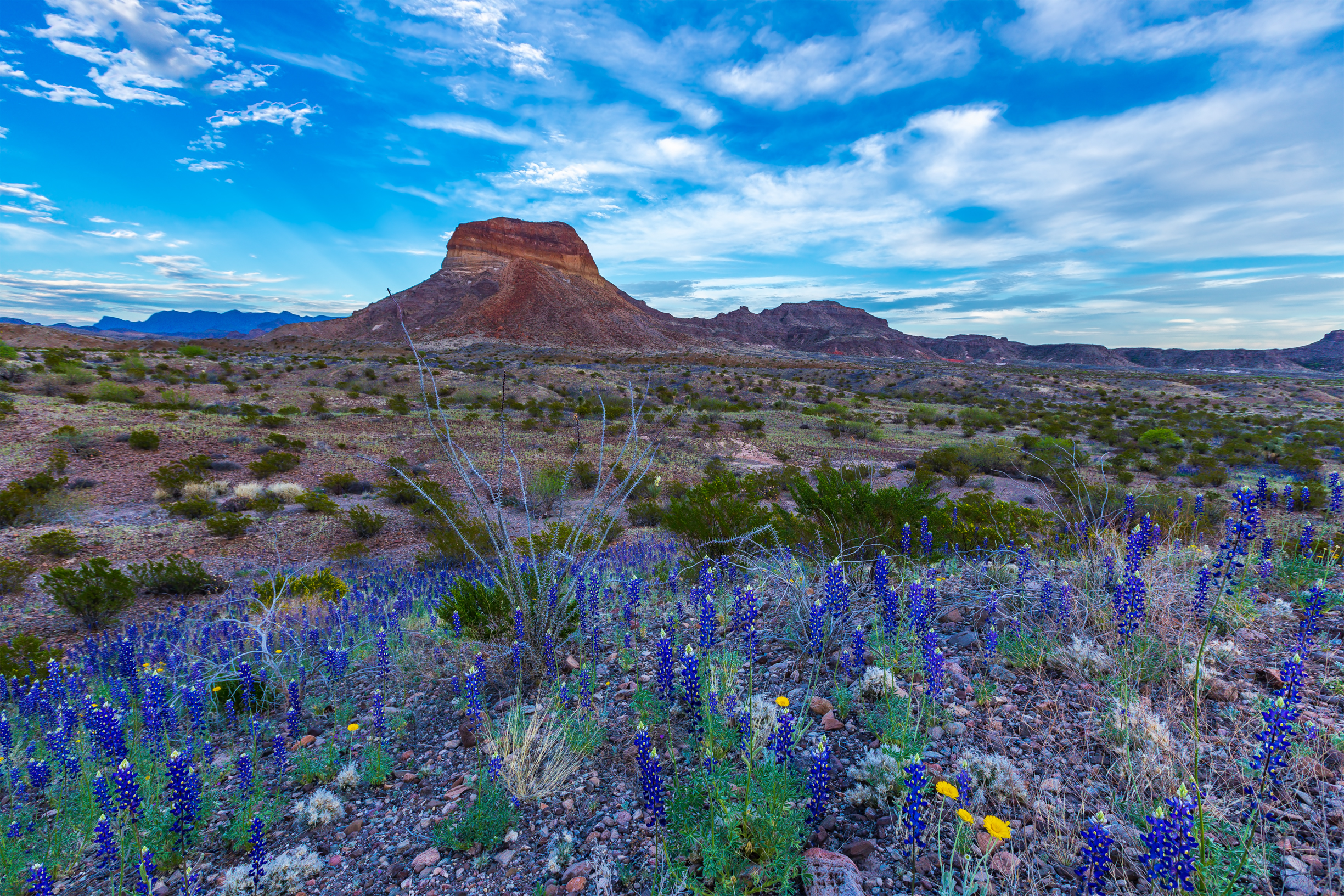
Big Bend is an unexpected yet essential refuge for endangered species, proving that even the harshest environments can be home to incredible wildlife. This remote desert park shelters the Mexican long-nosed bat, a pollinator crucial to the survival of agave plants, which in turn support the ecosystem. These bats face threats from habitat destruction and declining food sources, making Big Bend a critical sanctuary for their survival. Seeing them emerge from their roosts at sunset, darting across the sky in search of nectar, is one of the park’s most mesmerizing sights.
Big Bend is also a last refuge for the aplomado falcon, a bird of prey that was nearly wiped out in the U.S. due to hunting and habitat loss. Thanks to conservation efforts, their numbers have been slowly climbing, but they remain a rare and special sight. The park’s vast wilderness also supports black bears, mountain lions, and a surprising diversity of plant life, all adapted to survive in this extreme environment. For those willing to explore its rugged beauty, Big Bend offers an unforgettable glimpse of wildlife that has defied the odds to remain in the wild.


